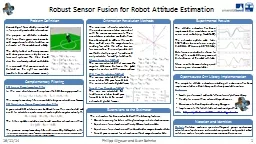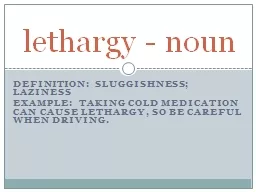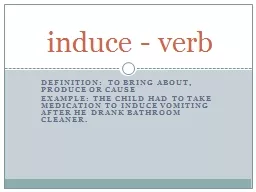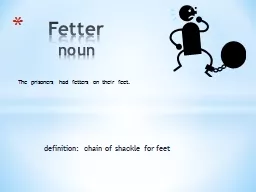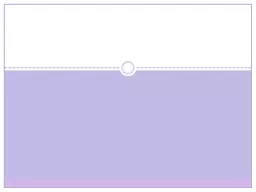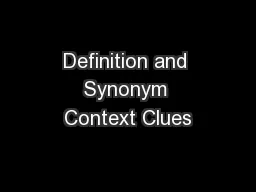PPT-Problem Definition
Author : alexa-scheidler | Published Date : 2017-06-19
Experimental Results Tuning of the Feedback Parameters Fused Angle Feedback Mechanisms Corrective Actions OpenLoop Gait A gait is proposed that uses only 6axis IMU
Presentation Embed Code
Download Presentation
Download Presentation The PPT/PDF document "Problem Definition" is the property of its rightful owner. Permission is granted to download and print the materials on this website for personal, non-commercial use only, and to display it on your personal computer provided you do not modify the materials and that you retain all copyright notices contained in the materials. By downloading content from our website, you accept the terms of this agreement.
Problem Definition: Transcript
Download Rules Of Document
"Problem Definition"The content belongs to its owner. You may download and print it for personal use, without modification, and keep all copyright notices. By downloading, you agree to these terms.
Related Documents

